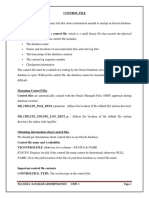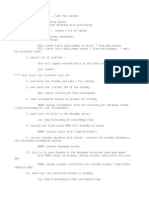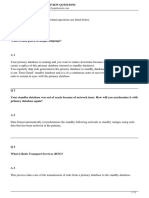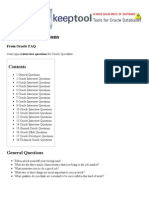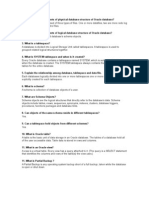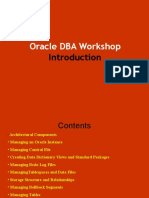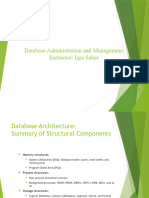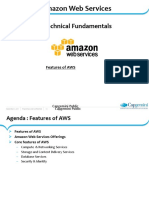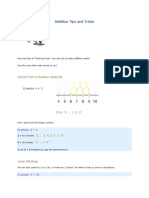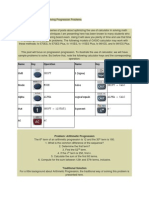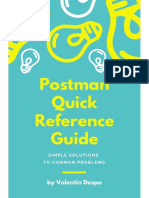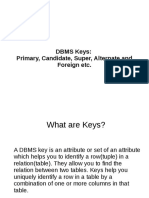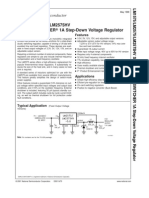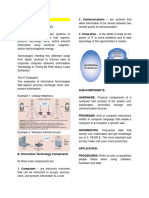100% found this document useful (2 votes)
450 views68 pagesSGA and Background Process - Architecture
1. An Oracle database consists of control files, redo log files, and data files that are critical for the functioning and recovery of the database.
2. The redo log buffer caches redo records generated by transactions and the online redo log files contain a log of all changes made to data blocks in the database.
3. Background processes like LGWR and ARCH manage the redo log and archive log files to enable recovery of the database if data files are lost or corrupted.
Uploaded by
SAICopyright
© © All Rights Reserved
We take content rights seriously. If you suspect this is your content, claim it here.
Available Formats
Download as PPT, PDF, TXT or read online on Scribd
100% found this document useful (2 votes)
450 views68 pagesSGA and Background Process - Architecture
1. An Oracle database consists of control files, redo log files, and data files that are critical for the functioning and recovery of the database.
2. The redo log buffer caches redo records generated by transactions and the online redo log files contain a log of all changes made to data blocks in the database.
3. Background processes like LGWR and ARCH manage the redo log and archive log files to enable recovery of the database if data files are lost or corrupted.
Uploaded by
SAICopyright
© © All Rights Reserved
We take content rights seriously. If you suspect this is your content, claim it here.
Available Formats
Download as PPT, PDF, TXT or read online on Scribd
/ 68






